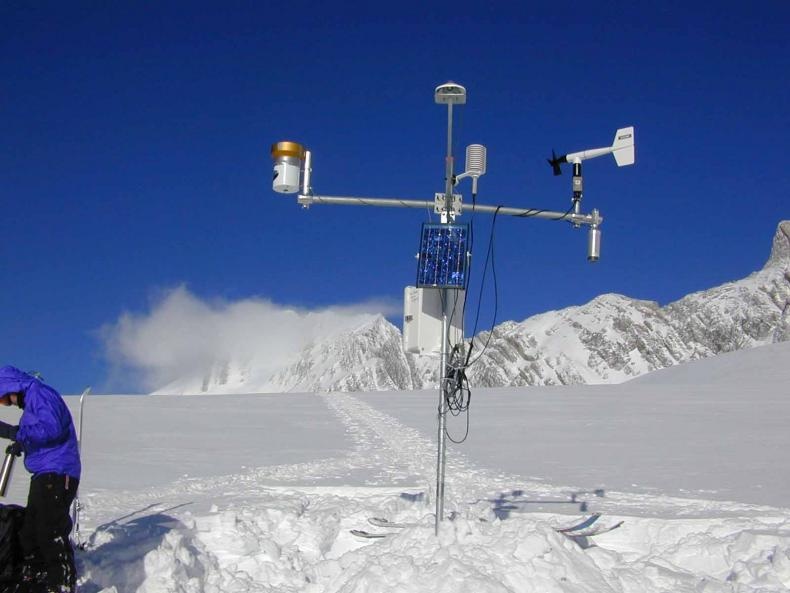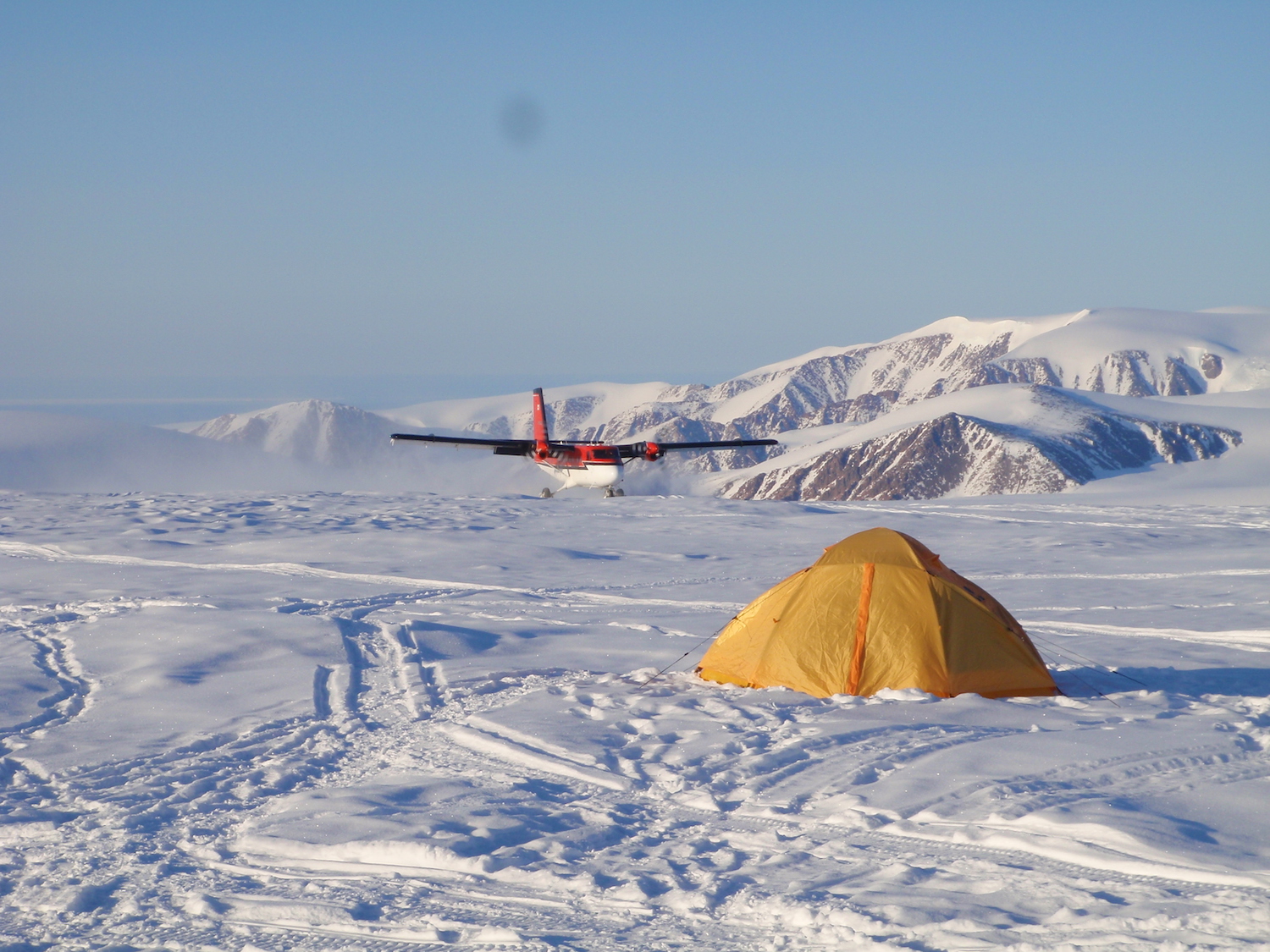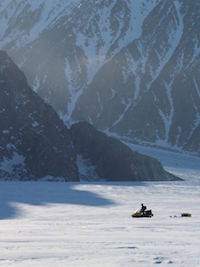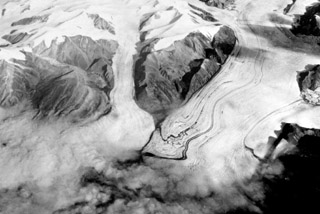UBC Earth & Ocean Science

The University of British Columbia's Ice Sheet Modelling Program in Vancouver is developing numerical models for ice thermo-mechanics and basal processes. A comprehensive numerical model has been developed which includes ice sheet and ice stream dynamics, ice and ground thermodynamics, and subgrid geologic and topographic characterizations. Recent studies have examined Laurentide Ice Sheet instabilities which led to large iceberg pulses to the North Atlantic, known as Heinrich events. The work of Christian Schoof and many others at UBC has important implications for the understanding of glaciers in Antarctica and Greenland, especially under global warming scenarios.
Visit the UBC Glaciology page for details.
GSC-CCRS Glacier Monitoring
The monitoring and future predication of Canadian glaciers is of high importance to the Canadian government. In association with C-Core and the Canadian Centre for Remote Sensing, the Canadian Space Agency has developed the Earth Observation Applications Development Program (EOADP). This initiative is monitoring glacial movement and mass balance from RADARSAT products. Dave Burgess of the Geological Survey of Canada Glacier Monitoring Program does “in situ” data collection to compliment the remote sensing of the CRC. The data found by these programs is used to predict influences of glacier melt on the terrestrial and marine systems in conjunction with climate change.
Visit the Canadian Space Agency EOADP page for details.

Cryosphere Climate Research Group

The Cryosphere Climate Research Group is located in the Department of Geography, University of Calgary. The research facility was established in 2003 and is headed by Dr. Shawn Marshall and Dr. John Yackel. Research interests of the group focus within the fields of Glaciology and Sea Ice. The aim of the facility is to provide resources, guidance and a platform for world class teaching, learning and research in the field of Cryosphere. The mission is to produce high quality personnel who could contribute towards today's environmental issues and humanity as a whole.
Visit the Cryosphere Climate Research Group page for details.
Laboratory for Cryospheric Research

Based in the Department of Geography at the University of Ottawa, and directed by Dr. Luke Copland, the Laboratory for Cryospheric Research is dedicated to the monitoring and understanding of the frozen earth including glaciers, ice caps, ice shelves, snow and sea ice. The facility was opened in September 2007 with funding from the Canada Foundation for Innovation, Ontario Research Fund and University of Ottawa. Laboratory members are undertaking research across northern Canada, including monitoring glacier changes in Kluane National Park, examining ice shelf and sea ice interactions along northern Ellesmere Island, and measuring glacier and ice cap dynamics across the Canadian Arctic Archipelago.
Visit the Laboratory for Cryospheric Research page for details.
Arctic and Alpine Research Group

Led by Dr. Martin Sharp out of the Department of Earth and Atmospheric Sciences, University of Alberta, the group focuses on the magnitude and distribution of changes in the extent and volume of Canadian Arctic glaciers since 1960, and their effect on sea level, the influence of climate change and variability on glacier mass balance since 1960, the role played by climate-driven changes in the hydrology and dynamics of high Arctic ice masses with respect to recent changes in their extent and volume, and biogeochemical feedbacks between glacier variations, the carbon cycle, and the climate system.
Visit the Arctic and Alpine Research Group page for details.
Glaciology at Trent University

Research in glaciology at Trent University is rooted in a longstanding programme of mass balance measurement on Axel Heiberg Island, Nunavut, Canada that is maintained by Graham Cogley. Beyond the measurements themselves, they conduct basic research on: their uncertainty, ways of improving accuracy, ways of improving spatial coverage, their place in the global and historical context, and related questions.
Visit the Glaciology at Trent University page for details.
